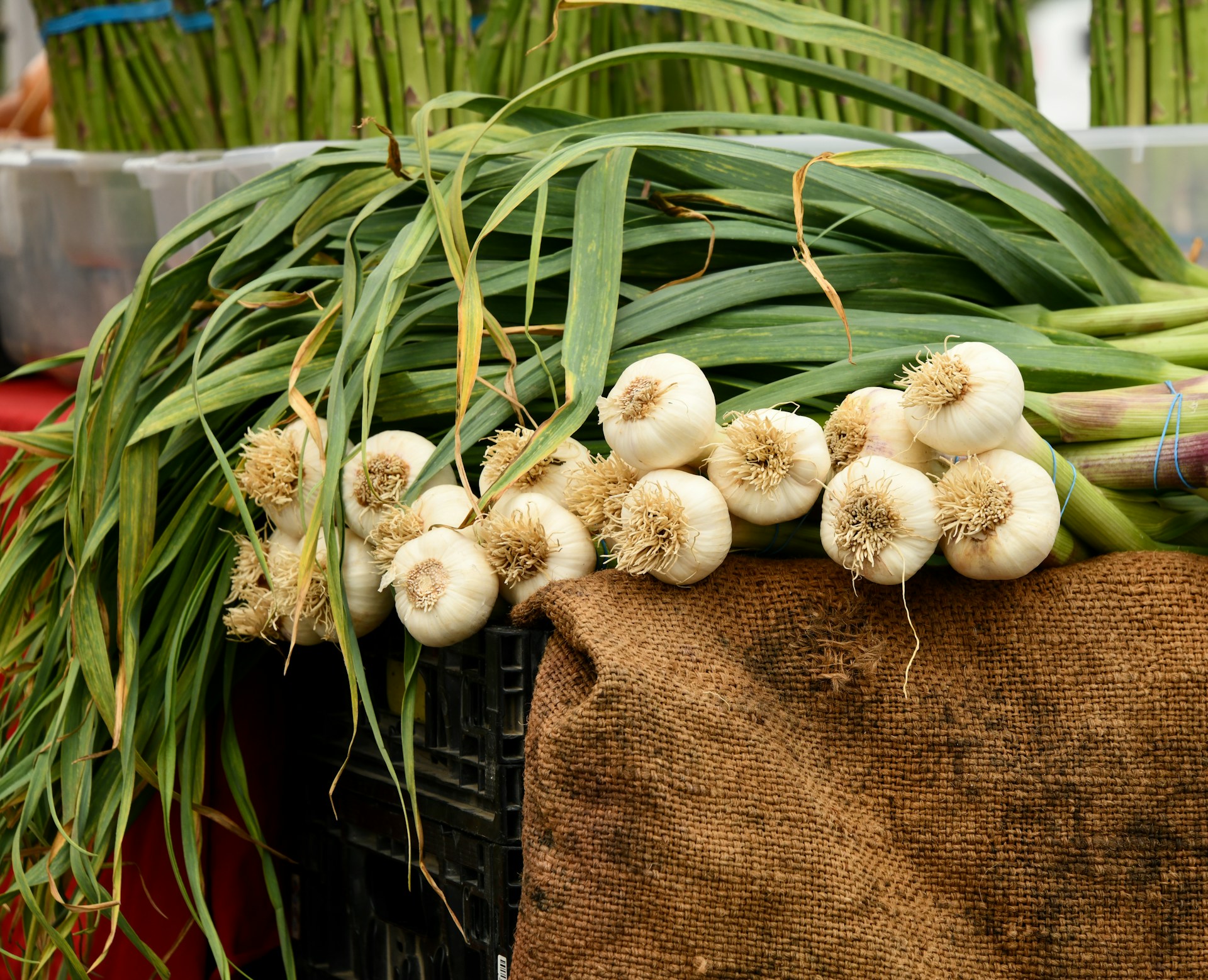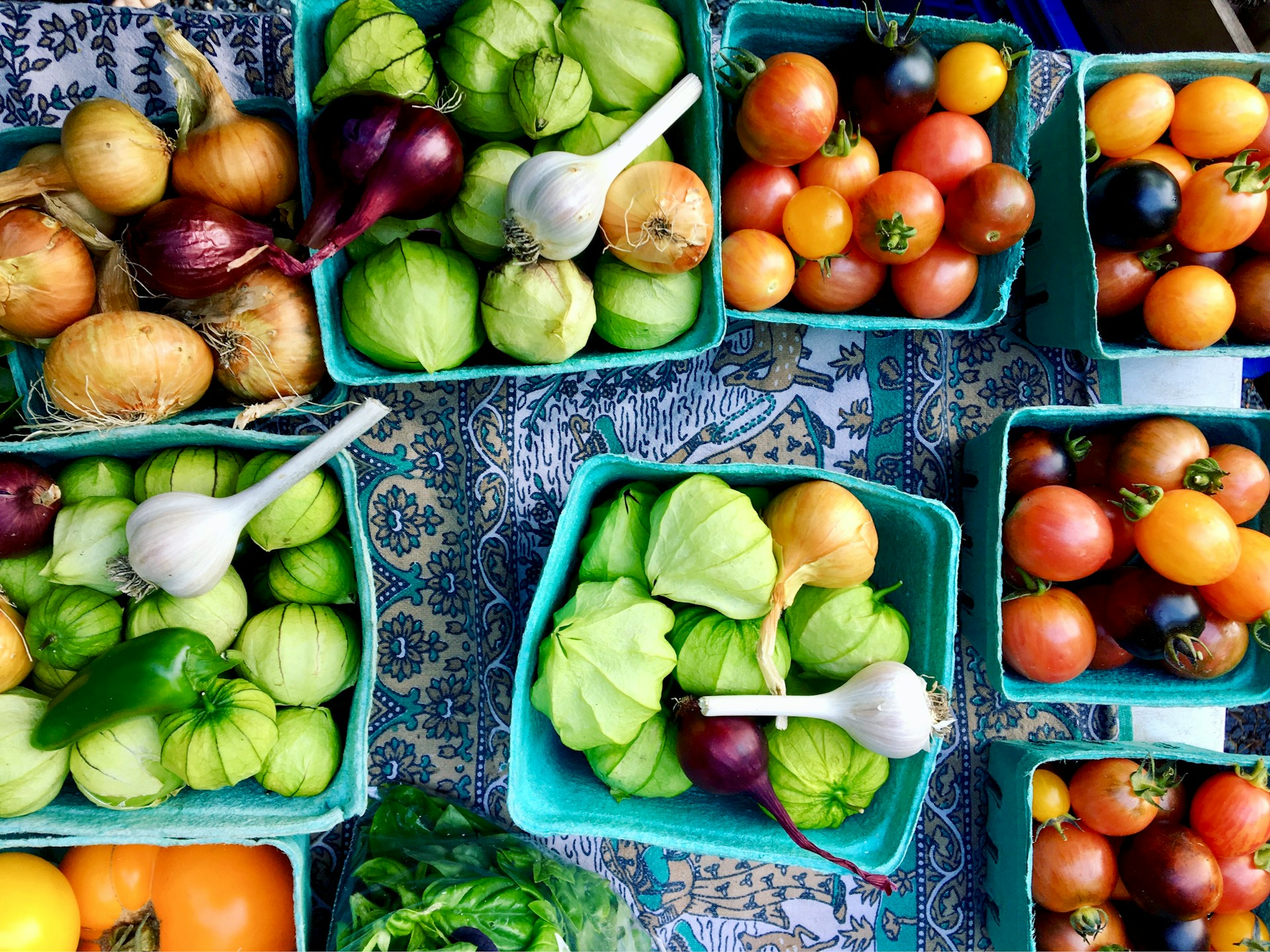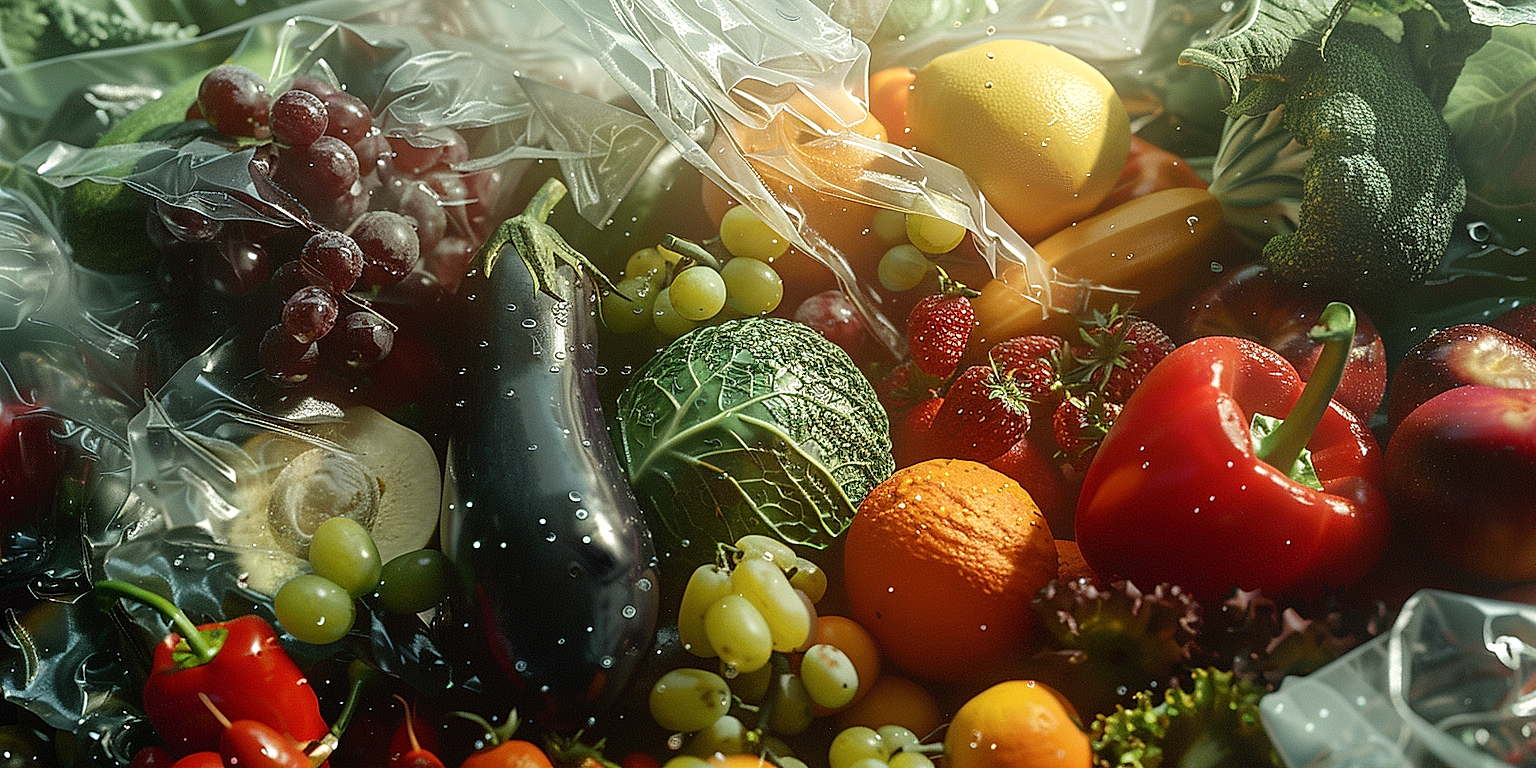Addressing climate change requires a concerted effort across all sectors, and the produce distribution industry is no exception.
The sector commands significant attention due to its notable contribution to greenhouse gas emissions.
Developing and implementing carbon footprint reduction strategies, therefore, is both a necessity and an obligation.
This discussion delves into the key tactics employed within the industry to reduce its carbon emissions.
The importance of doing so is clear – to ensure sustainable and environmentally friendly practices moving forward.
Accurate knowledge about these tactics is critical for our shared global effort to combat climate change.
Contents
Carbon Footprint Reduction Tactics In Produce Distribution
1. Optimize Distribution Routes
One of the most effective ways to reduce the carbon footprint in produce distribution is to optimize distribution routes.
Often, distribution routes are planned without considering the impact they could have on the environment.
To optimize these routes, we need to make use of advanced planning and scheduling tools that can analyze various factors like distance, traffic, and delivery schedules to find the most efficient route.
Efficiency in distribution not only cuts costs but also reduces the carbon footprint, making it a win-win strategy for both businesses and the environment.
Better route planning directly translates to fewer miles driven, leading to a reduction in fuel consumption and emissions.
An optimized route will also reduce the product’s travel time, further lessening its carbon footprint.
For instance, a carefully planned route may involve grouping together deliveries that are in close proximity to each other, this could result in the elimination of multiple trips to the same area.
Furthermore, efficient route planning could involve using highways instead of local streets whenever possible as highway driving generally consumes less fuel than stop-and-go city driving.
There are software tools available that can assist with route optimization by taking into account the size and payload of the delivery truck, traffic patterns, road conditions, and more.
Utilizing these tools can help distribution companies to make decisions that are not only financially beneficial but more environmentally friendly as well.
Another aspect that needs attention in route optimization is vehicle load optimization.
A vehicle carrying a partial load wastes fuel, it is therefore crucial that the distribution vehicle is fully loaded for each trip.
If the destination is too far, using intermodal transport systems (using more than one form of transport such as trucks and trains) can be more fuel efficient.
Moreover, returning vehicles should not come back empty, but should be used to pick up goods or materials if possible, to further optimize resources and reduce emissions.
Optimizing distribution routes may require a shift in current practices, but in the long run, it can contribute substantially to reducing the carbon footprint of produce distribution.
2. Use Energy-Efficient Vehicles
The impact of the transportation sector on carbon emissions is undeniably significant.
Understanding this, increasing use of energy-efficient vehicles can greatly help reduce carbon footprint in produce distribution.
Energy-efficient vehicles, especially electric vehicles (EVs), have the potential to generate substantial carbon reduction benefits.
This is because electric vehicles emit no tailpipe emissions, supporting cleaner air and lowering carbon footprints.
Moreover, when powered by renewable energy sources, EVs can effectively become zero-emission vehicles.
Therefore, replacing traditional fossil-fuelled fleet with EVs is a tactic that produce distribution companies should not overlook.
There are many advanced electric vehicles on the market accommodating varying load capacities and ranges, making them suitable for produce distribution.
Furthermore, the use of energy-efficient vehicles contributes to reducing fuel costs, boosting the economic viability of this option over time.
While the initial purchase costs of EVs may be higher in comparison to their conventional counterparts, this difference is negated in the long term due to reduced operating costs.
In addition, various government programs are offering financial incentives for businesses that choose to transition towards sustainable modes of transport.
Aside from electric vehicles, other energy-efficient vehicle options include hybrid vehicles or those powered by biofuels or hydrogen.
Hybrids, for example, can offer an ideal transition plan before fully committing to an electro-mobility strategy as they still possess an internal combustion engine besides an electric motor.
Meanwhile, vehicles powered by biofuels or hydrogen can offer a low-to-zero emissions alternative for long-haul transportation which can not yet be fully electrified.
To conclude, the use of energy-efficient vehicles presents both an environmental and economic incentive for produce distribution companies.
With the range of options available, businesses have the flexibility to choose the most appropriate energy-efficient vehicles for their specific supply chain needs.
3. Reduce Packaging Materials
In the quest to reduce carbon footprint in produce distribution, one viable tactic calls for a notable decrease in the use of packaging materials.
The environmental impact of packaging in the transportation of goods, notably fresh produce, has long been a significant concern in the struggle to minimize carbon footprint.
This has led to a careful reconsideration of the types and quantity of packaging materials being used in this process.
Packaging not only contributes to the overall weight of the distributed goods, thereby increasing fuel consumption during transportation, but also adds to waste generation given their often-single-use nature.
Adopting packaging reduction strategies can significantly reduce the overall weight of goods transported, thereby decreasing the amount of fuel needed for transportation.
This not only cuts down on CO2 emissions but also saves on operational costs linked to fuel consumption.
Apart from reducing the weight, integrating packaging reduction strategies within the supply chain can also lessen waste generation at the consumer’s end.
Often, the packaging materials used for transporting produce are non-recyclable and hence end up as landfill wastes, contributing to environmental degradation.
By reducing the quantity of such materials, produce distributors can contribute to waste management efforts and achieve a greener profile in operations.
Another significant aspect to consider is that less packaging means more space for actual products during transportation, thus enhancing the efficiency of the process.
A shift towards minimalistic packaging not only reduces carbon footprint, but also offers a chance to improve the overall logistics by optimizing space utilization.
Many companies are already adopting this by replacing traditional packaging materials with lighter, environmentally friendly alternatives that are biodegradable, reusable, or recyclable.
A good example of this lies in switching from conventional plastic wrappers to plant-based plastics or compostable materials.
The proper implementation of packaging reduction strategies requires a systemic review of current practices and a willingness to adopt innovative, sustainable solutions.
However, it is a crucial step towards reducing the carbon footprint in produce distribution and therefore merits serious consideration and action.
4. Maximize Truck Load Capacity
When looking at reducing the carbon footprint in produce distribution, a critical strategy to implement is maximizing truck load capacity.
This simply means ensuring that each delivery made is as full as possible, reducing the need for multiple, half-full deliveries.
Reducing the frequency of deliveries is beneficial for not just the environment, but also efficiency and cost-effectiveness of the distribution process.
Fully loaded trucks mean fewer trips, less fuel consumption, and ultimately, a significantly reduced carbon footprint.
While it might seem simple, the process of maximizing truck load capacity requires strategic planning and careful orchestration.
In practical terms, it can involve consolidating orders and harmonizing delivery schedules across various clients.
Also, leveraging technology like transportation management systems (TMS) can help in planning and optimizing routes to ensure trucks are always full.
Packing strategies also play a crucial role in maximizing load capacity, with some strategies including the use of pallet configurations and stacking patterns.
Maximizing truck load also has the added benefit of reducing wear and tear on vehicles, leading to lower maintenance costs and prolonging the lifespan of the delivery fleet.
TMS can also provide real-time data and analytics on load optimization practices, creating an opportunity for continuous improvement and better decision-making.
However, it’s important to balance load maximization with product safety and quality.
Overloading trucks can lead to damage to the produce, negating any environmental and financial benefits achieved by reducing the number of deliveries.
Overall, maximizing truck load capacity is a win-win strategy for both environmental sustainability and business efficiency.
It is a tactic that can be tailored and scaled to align with the unique requirements and capabilities of each produce distributor.
Working towards full load maximization, while balancing other factors such as product quality and delivery timeframes, is a significant stride towards carbon footprint reduction in produce distribution.
5. Implement Local Sourcing
Local sourcing is a tactical approach towards reducing carbon emissions in the produce distribution chain.
By procuring fruits, vegetables, and other produce from local farmers and growers, distribution companies can significantly reduce the distance traveled for product sourced.
This can lead to a significant reduction in fuel consumption, thereby minimizing greenhouse gas emissions.
Local sourcing does not only contribute to carbon footprint reduction but also supports local economies and promotes sustainability through less dependence on foreign supply.
Besides, sourcing locally offers an added advantage of freshness because the travel time from farm to distributor or retailer is much shorter.
Produce, therefore, has a longer shelf life, which in turn reduces food spoilage and waste.
An exciting side effect of local sourcing is the potential to promote agricultural diversity.
Many local farmers produce a myriad of different fruits and vegetables compared to mass agricultural producers, promoting a rich diversity of produce based on seasonal availability.
However, implementing local sourcing requires a strategic partnership between growers and distributors.
This may involve contract farming, where distributors enter into agreements with farmers to supply certain quantities of produce at agreed times.
Additionally, it may also involve assisting farmers with the necessary resources to increase farm yield effectively.
A challenge in implementing local sourcing is the potential mismatch between supply and demand.
Depending on the season, local farmers may not produce enough to meet the demand, thereby requiring additional imports.
However, with careful planning and coordination, local sourcing can be an effective and sustainable way to reduce the carbon footprint in the produce distribution industry.
Distributors must actively invest in building relationships with farmers and educating them about sustainable practices to enhance produce quality and quantity.
This way, the whole community can stand to benefit – not only in terms of reducing the carbon footprint but also in bolstering the local economy.
6. Minimize Food Waste
One of the most important approaches to reduce the carbon footprint in the produce distribution process is to minimize food waste.
This is because food waste contributes significantly to greenhouse gas emissions, which are detrimental to our environment.
Right from the processing stage to the retailing and consumption stages, food discards play a considerable role in the production of greenhouse gas emissions.
Therefore, minimizing food waste is not just about saving food, but also about reducing the overall carbon footprint associated with produce distribution.
Strategies for minimizing food waste can range from improving the shelf-life of produce to better inventory management.
Much of the food is wasted due to its short shelf-life and because of improper storage or handling.
Investing in technology and practices that extend the shelf-life of produce can drastically reduce waste.
Additionally, having a strong inventory management system in place is another effective strategy.
Inefficient inventory systems often lead to overstocking and, eventually, food waste; however, a well-organized inventory system can track the flow of food items successfully and limit waste.
Furthermore, partnerships with food banks and charities can also provide a constructive solution to food waste.
Food items that are near their expiry date but are still safe for consumption can be donated to these organizations, thereby reducing the waste that could have otherwise ended up in landfills.
Another strategy involves creating demand for imperfect produce or what is commonly referred to as ‘ugly’ fruits and vegetables.
Often, perfectly edible and nutritious produce is wasted solely because of its unconventional appearance.
Creating a market for these foods can help minimize a lot of waste in the produce distribution process.
Undoubtedly, minimizing food waste in the produce distribution sector involves numerous tactics and strategic actions.
However, every effort made in this direction not only has the potential to reduce greenhouse gas emissions but also addresses the broader issue of food security in society.
7. Utilize Renewable Energy Sources
Shifting towards renewable sources of energy is a critical strategy in reducing carbon footprint in the produce distribution process.
The use of renewable energy sources like solar, wind and hydro power not only mitigates carbon emissions, but also brings down operational costs in the long run.
Solar energy, for instance, has emerged as an increasingly viable solution for powering warehouses and refrigeration units in the perishable goods distribution industry.
Furthermore, bioenergy generated from organic waste can be utilized to power vehicles, affording a circular approach to energy use and waste management.
This serves to not only reduce carbon emissions associated with traditional fuel sources, but also enhance efficiency and sustainability of the produce lifecycle.
Wind energy, another renewable source, can be harnessed to power distribution facilities, thereby offsetting the carbon footprint associated with electricity use.
In addition to large-scale renewable energy initiatives, personal solutions can also play a part.
For instance, the use of energy-efficient appliances in distribution centers, and the adoption of clean energy strategies like paperless marketing or online order processing can add up to significant energy savings.
Implementing renewable energy in supply chains involves an upfront investment, but the long-term economic and environmental returns are substantial.
Not only are renewable energy sources infinite unlike their traditional counterparts, but they are also clean energy sources that do not contribute to carbon dioxide emissions.
A shift to renewable energy in the produce distribution industry can significantly reduce the industry’s overall carbon footprint.
One downside, however, is that renewable energy technologies are still developing and as such lack the capacity and infrastructure to replace traditional energy systems completely.
This, however, should not deter companies from embarking on this journey towards sustainability.
While transitioning into renewable energy sources may be challenging due to the initial costs and scale of modification required, it is essential for the future of our planet.
Rather, the focus should be on how we can overcome these barriers and fast-track the transition to a low-carbon economy.
The Bottom Line
As we strive to achieve a more sustainable food supply chain, it is imperative that we utilize all the strategies available to us.
Optimization of distribution routes fortifies efficiency, whilst the use of energy-efficient vehicles cuts down our carbon footprint remarkably.
Reducing packaging materials and maximizing truck load capacity are tangible ways of reducing wastage, as is the implementation of local sourcing.
Local sourcing not only decreases food miles, but also supports local economies.
Minimizing food waste further assures that resources aren’t wasted unnecessarily.
Lastly, the usage of renewable energy sources stands as a testament to our commitment in transforming our food supply chain to be truly sustainable.
Together, these strategies refer to a thoughtful and comprehensive approach to creating a sustainable food supply chain.
It is a dynamic, all-encompassing mission that requires our utmost dedication and effort, but its fruition promises an abundant, healthy, and sustainable world for future generations.




